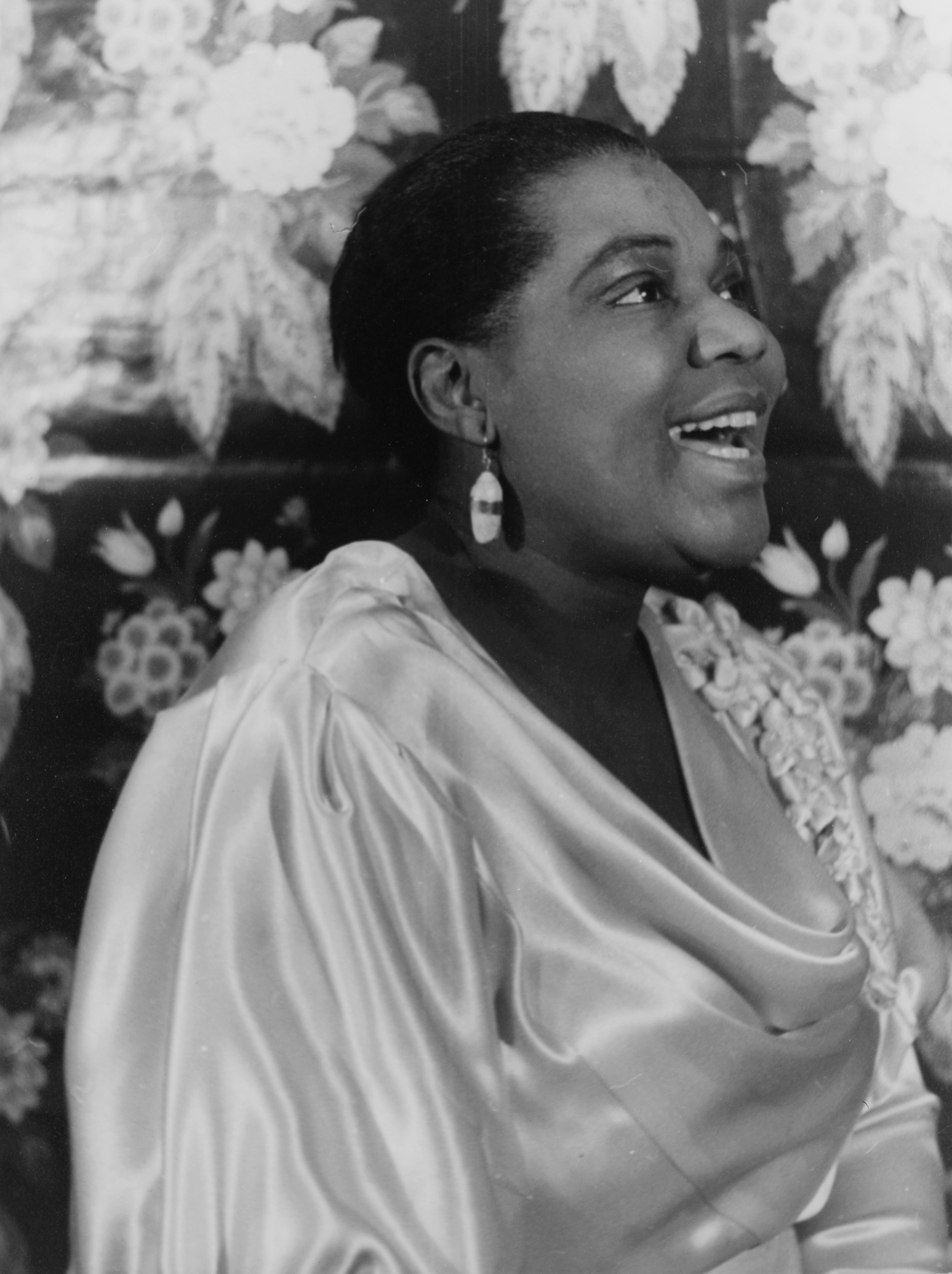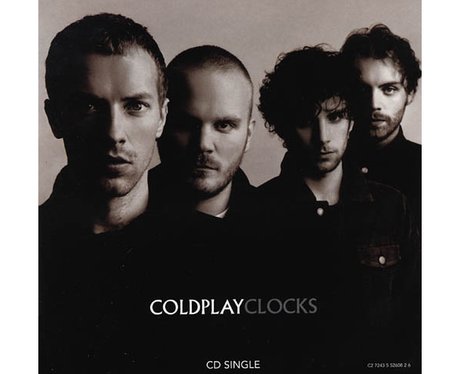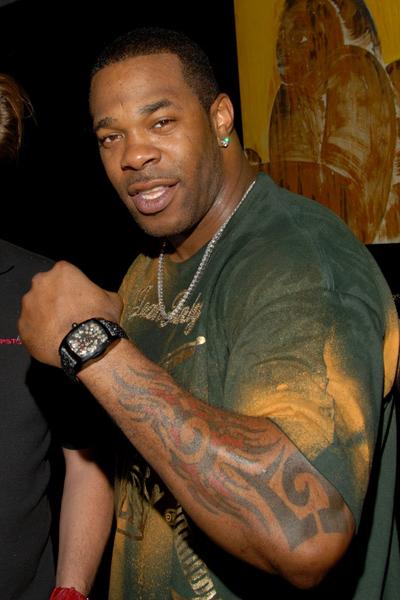History of Music Videos


Introduction
Modern day music videos have dramatically changed over the last few years. For example, back in the day when music videos were a mere myth, they were solely motion pictures however progressing on further through the years they began to develop into videos which can promote artists singles. Many films were also accompanied by moving images, especially animations From this, a large audience appeal evolved forcing artists to create videos to accompany their music so that they can compete for the better artist status within the music industry.
I will now create a timeline which identifies the key moments within music video history starting from the 1920's to the present day.
History of Music Videos Timeline
1929: 'Saint Louis Blues'
Bessie Smith appeared in a two-reel short film called 'Saint Louis Blues'. This featured a dramatized performance of her singing in the film a song that was featured within. This was the first time music was included to a film thus adapted through the use of editing. Due to this it was not regarded as a music video because it was not for promotional purposes, rather than for the sake of the film.
1940: Fantasia!
Walt Disney released 'Fantasia', an animated film based around famous pieces of classical music.
1956: Tony Bennett - Stranger In Paradise
Tony Bennett is filmed walking in Hyde Park for his song "Stranger In Paradise". The single/hit was distributed on US and UK television, leading Bennett to claim he made the first music video.
1964: Songs & Moving Images - The video arguably set out the basic visual vocabulary of today's music videos, influencing a vast number of contemporary musicians etc.

1966-1968: 'The Monkees'
This was a TV show aired at the time. Each episode included a specifically made film segment that was created to accompany their songs.

1966: The 'Birth of Top of The Pops'
TOTP was used to promote singles so artists began to create competitive videos in order to compete for air time. This allowed artists a gateway to show off their talents as well as improve their unique style.

1950-1960 (1967) - 'The Beatles - Penny Lane'
These videos used techniques borrowed from film ideas.

1975: 'Queen - Bohemian Rhapsody
This video was created to replace a live TV performance. However it is questionable whether this video was created for promotional use or rather for the TV performance purposes.

1970-1980: The Jackson 5!
The key development of the modern music video was video recording with editing processes. High quality video tape recorders and portable cameras enabled pop artist such as Michael Jackson's group 'he Jackson 5'.

1981: 'MTV is launched!'
The first video aired is 'Buggles - Video Killed The Radio Star. In the early 1980's, artists started to use more sophisticated effects in their videos.

1984:
'Michael Jackson - Thriller'
A short film is a music video that has a
beginning, middle and end, Jackson's Thriller took the music videos format to
another level.

1980:
MTV and Music Success
Music videos would, by the end mid
1980's, grow to play a central role in popular music marketing. Artists such as
Madonna owed a great deal of her success to the skilful construction and
seductive appeal of her videos.
Conclusion
As you can see, music videos have
highly changed since history has evolved. This has allowed audiences such as
ourselves to demand more from our artists and also differentiate in genres
which causes a wider variety of video styles that can be made.
It is important to know how the history
of music videos have changed because it gives our audience a broader
understanding of how far technological advancements have come. It has given me
many ideas such has the conventions that accompany particular genres and also a
brighter understanding of the different styles of a video can be filmed in.
























